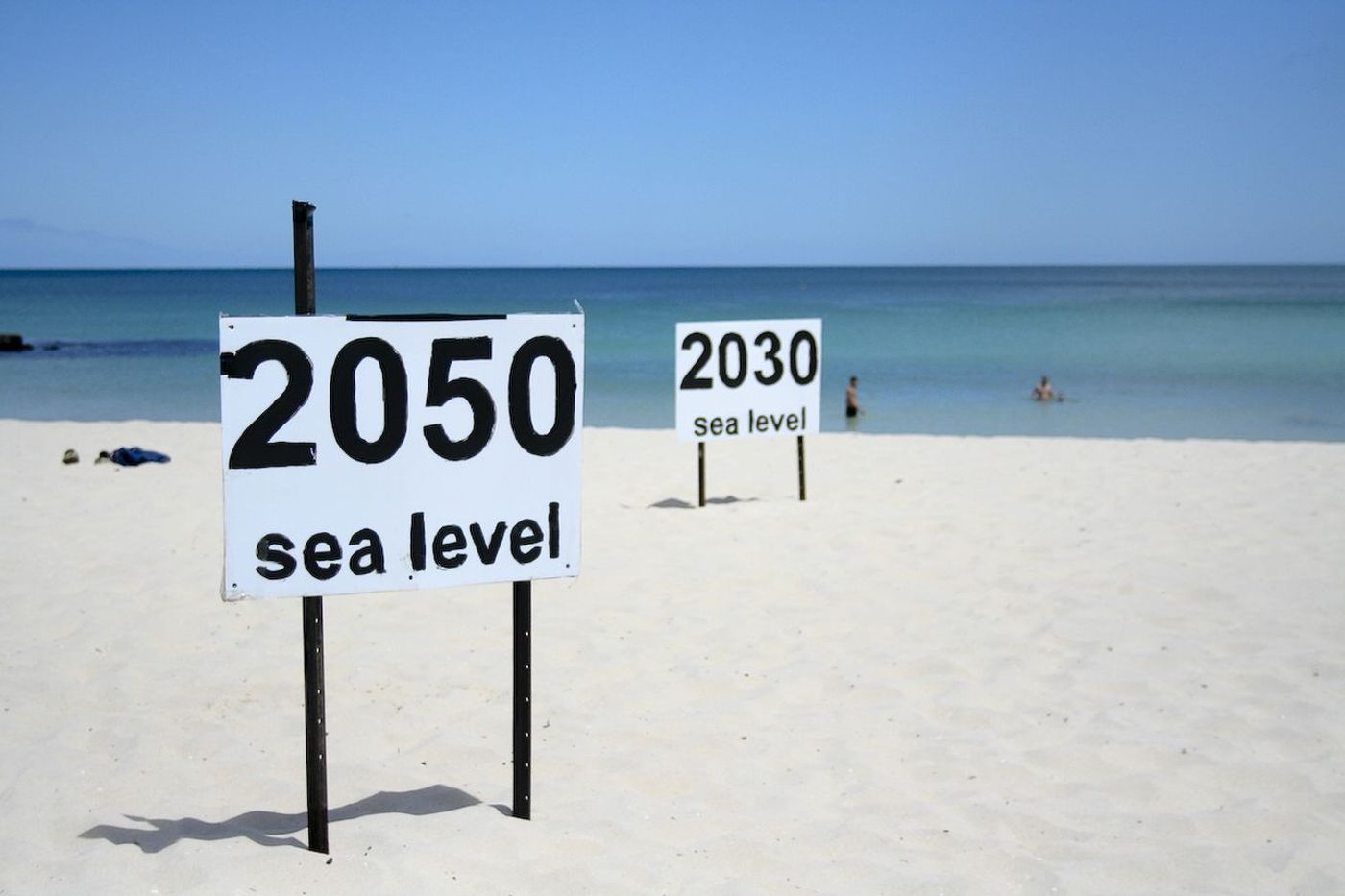Sea level rise threatens 5 million Europeans
Extreme sea levels, which are defined as the maximum levels of the sea that occur during a major storm and produce massive flooding, are expected to reach new dangerous highs along Europe’s coasts, according to recent projections.
Michalis Vousdoukas, a coastal oceanographer at the Joint Research Centre (JRC) of the European Commission and the lead author of a new study published in Earth's Future, summed up the research team’s findings: "Unless we take different protection measures, 5 million people will be exposed to coastal flooding on an annual basis.”
The research incorporated how climate change will impact mean sea level, tides, waves and storm surge, varying the output of potential future greenhouse gases to project different scenarios for 2100. The results, even under the best of options, are grim.
In the scenario that has greenhouse gas emissions climaxing in 2040, sea levels in 2100 could increase by up to 57 centimeters (almost 2 feet) on average, and extreme sea level events could happen every few years.
It gets even worse under the projection of greenhouse gas emissions rising through 2100: extreme sea levels along Europe's coastlines could increase by 81 centimeters (more than 2 ½ feet) on average. That means that extreme sea level events that occur every 100 years now could happen every year.
There are currently more than 5 million Europeans who live in coastal areas that will be affected. And most likely that population will grow in coming decades due to growth in global population and refugee crises. ScienceDaily reports that Northern Europe will see the strongest increase in extreme sea levels while regions along the Mediterranean and the Black Sea could see extreme sea level events several times a year. In the North Sea region, extreme sea levels could increase by nearly 1 meter (3 feet) under the worst-case scenario. The Atlantic coasts of the United Kingdom and Ireland could see similar increases in extreme sea levels, while lower but still considerable increases in extreme sea levels are projected for the Norwegian and Baltic seas.
Projections that provide information regarding risk of displacement for coastal communities due to rising sea levels is crucial to putting procedural strategies in place. "In terms of adaptation strategies and policymaking, it is very relevant,", said Marta Marcos, a researcher at the Mediterranean Institute for Advanced Studies in Spain who was not involved in the new study.
Sources: ScienceDaily, EurekaAlert









